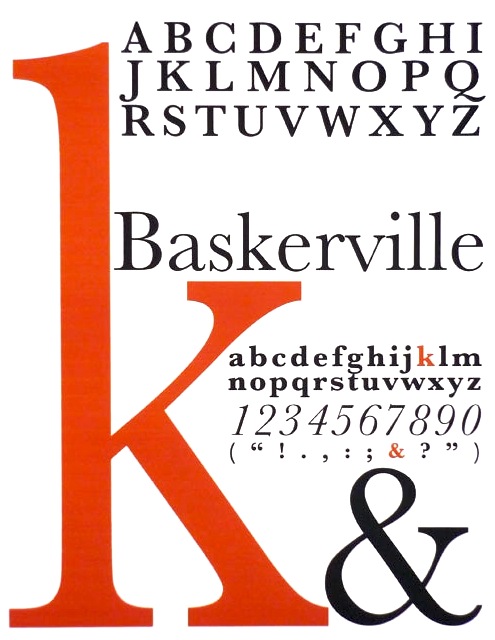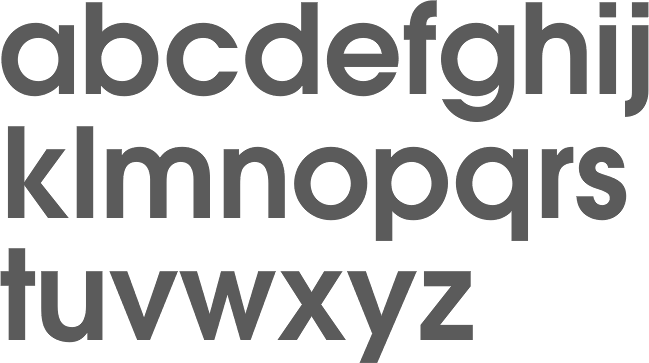
I suppose to keep those messy ascenders and descenders out of the picture which I know can sometimes ruin a good line. This is probably a good time to point out that, other than Amelie, all of these films use all capitals.


I just picked this DVD because I thought the hooks were so interesting. I can’t say that this happens in this film because I haven’t watched it in a while. I’m pretty sure I’ve mentioned in a previous post that I think this technique is used in films to make an impact and is useful because when on screen the letters can be animated to be moving further apart. The letters are spaced quite far apart as well. The Victorians always make me think more mechanical printed or overtly decorative. Alternatively, I guess it could have been a script typeface but those always remind me more of the Edwardian or Georgian era. I’d expect a serif typeface for this film since it’s set in the Victorian era and therefore needs a historical looking typeface. The ‘O’ is also very round, wider than all the other characters (except the ‘M’ which is always a wide one), which makes it a bit more modern and more childlike. The ‘T’ is the strangest because the serifs both point to the left as though they’re blown by the wind, which links well with the theme of nature in the movie. The most interesting feature of this typeface is the hooks and beaks on the serifs. This is still pretty unique in ways though, which is impressive given that it’s not the sort of film that really needs a recognisable logo. So for my next film, I went for something less stylised. Click here to see a version of the poster you can zoom in on to see what I mean! It looks a bit more 3D than normal shadow, more embossed. The shadow on this is interesting as well because there is a small gap between the main letter and the shadow. I measured the width of the repeating letters and it’s the same so the difference is all down to kerning.
#HELVETICA NEUE BOLD KEEPS SHOWING ASTERISKS IN ILLUSTRATOR MOVIE#
On the subject of a large number of letters… it’s not the case on the black and white logo above, but in the original image from the movie poster, you can see that the kerning in “Caribbean” is a lot tighter to make sure the text both sides of the skull is balanced. i think it helps compensate for the large number of letters, keeping them all together. I also like how the baseline of the ‘P’ and ‘C’ are lower than the rest of the characters. There is also a nice combination of curves in the rounded swashes and unusual curves within the letters ‘A’ and ‘N’, along side chunkier serif terminals. The serifs splay outwards and they’re a little bit wavy along the top. I guess with a lot of wiggly stroke outlines it could just look like an ill-defined blob. This is a clever technique to make it look aged without losing definition of the letter. The side changes between letters so it doesn’t look too even as a word. One of the most interesting details I noticed is that there is ragged ageing on the characters but it is only ever on one side of the stroke. I think the real trick is using it appropriately but also keeping it the right width so that it doesn’t affect how the rest of the design is read. On the DVD cover, the background is lighter and the shadow gives the yellow definition. You can’t see it on the original movie poster but it doesn’t need it there because it’s on a uniformly dark background.

Until doing this exercise, I didn’t notice how prevalent the shadow effect is. This is the first of the ones where I noticed a shadow effect.

It also looks a bit magical when you combine it with the green. The yellow is sunny, friendly and hopeful. It’s interesting that it’s script but not joined up – that gives it a bit more of a child-like look than joined up letters would be. But it’s blocky, not like classical script, because she’s modern. The sweeping swash on the start of the ‘A’ in particular gives it a quick, fun and fanciful feeling. The original in particular has that brushstroke look. Other than that aside… the script typeface looks like Amelie might have written it herself. Movie poster for Le Fabuleux Destin d’Amelie Poulain, 2001


 0 kommentar(er)
0 kommentar(er)
